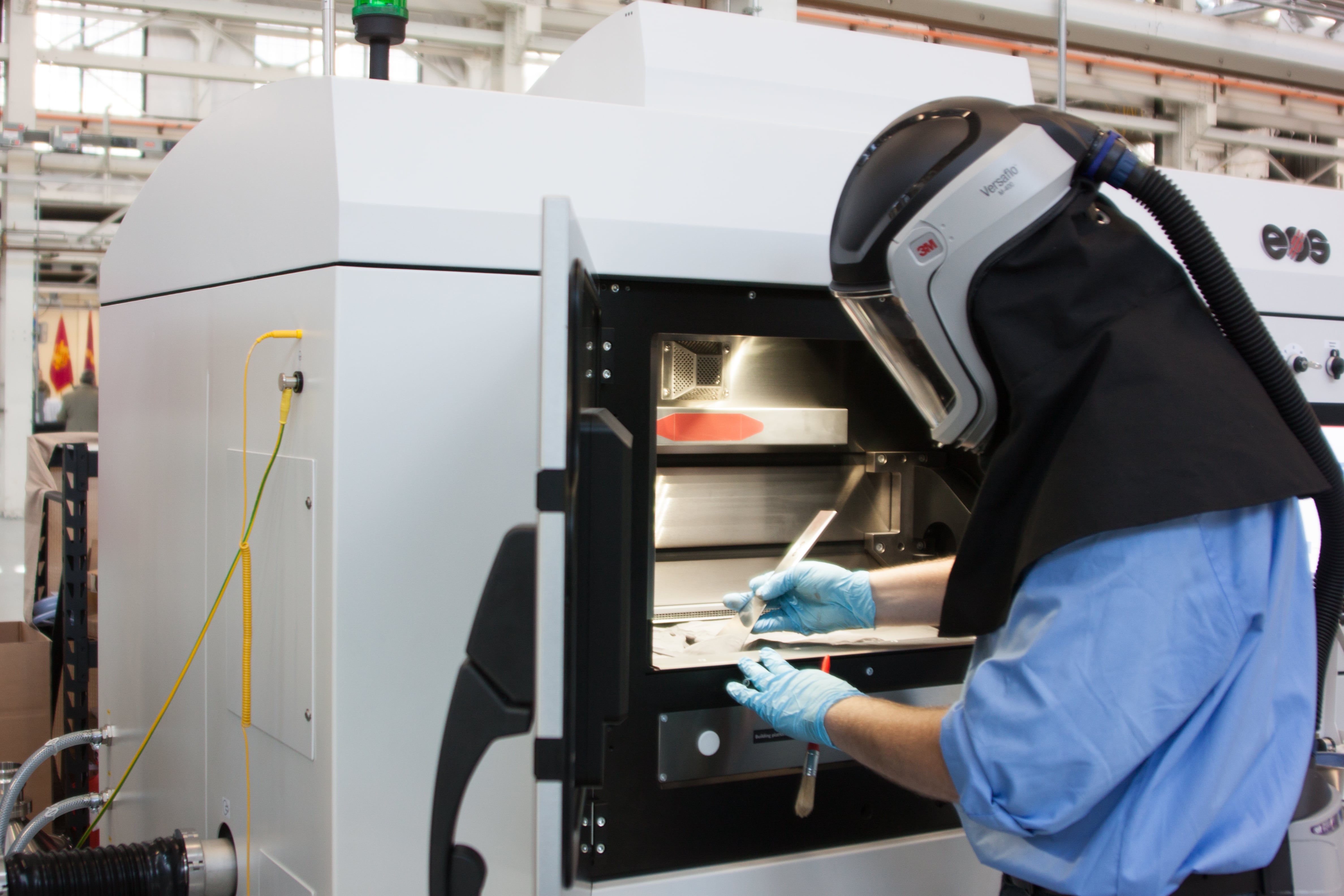Supernova Industries Corp has won a contract to 3D print military-grade energetic materials in a pilot program with an eye on bolstering the U.S. defense industrial base.
“Our technology has the potential to overcome the design constraints of conventional manufacturing methods to produce the next generation of military-grade energetic material components, including solid rocket motors (SRMs), explosives and pyrotechnics,” Roger Antunez, the company’s founder and CEO, said in a statement.
Supernova Industries launched Supernova Defense & Space in Austin, Texas, in 2024 to focus on 3D printing military-grade energetic materials.
Military-grade energetic materials “are necessary for the proper functioning of defense systems,” the statement notes. “However, traditional processing techniques limit their potential. Supernova’s new VLM processing techniques will provide key innovations crucial to enhance safety, ensure material consistency, reduce waste stream and unlock new performance capabilities, particularly in applications such as solid rocket motors, bombs, countermeasure flares or bullet grains.”
Supernova has already printed simulant energetic materials, according to the statement, and is now developing the printing of energetic formulas “which will represent a major breakthrough in the field of additive manufacturing,” the company said.
The company has named its proprietary technology “Viscous Lithography Manufacturing,” or VLM, which is an additive manufacturing process using “a transparent film to transfer high viscosity materials onto a build platform, where they are cured by light to form printed parts,” the company explains.
Typical processes need low viscosity resins, the company says, but VLM can use materials of “unlimited viscosity, which enable new formulations such as the high solid-loading used in energetic materials.”
The $2 million subcontract was distributed by the American Center for Manufacturing & Innovation’s Critical Chemicals Pilot Program. The program is funded through a multi-award contract vehicle from the Pentagon’s Information Analysis Center supporting the Defense Department’s Industrial Base Policy Manufacturing Capability Expansions and Investment Prioritization (MCEIP) Pathfinders portfolio, according to a company statement.
RELATED

The ability to 3D print energetic materials “will enable the production of critical components for weapon systems that are essential for national security,” said Victor Boelscher, federal programs head at ACMI Federal.
“ACMI’s Critical Chemicals Pilot Program is designed to support Defense Industrial Base (DIB) resilience by taking commercial solutions and rapidly adapting them for DOD use,” he added.
The Defense Department has been focused on ensuring the nation has enough explosive materials to keep up with a massive boost in munitions production to replenish stock sent in support of Ukraine – and to ensure the U.S. has what it needs to fight the next wars.
The U.S. Army, for instance, is drastically ramping up its 155mm munitions production to 100,000 per month by the end of 2025. But the biggest concern for the service’s acquisition chief has been securing enough explosives to fill them.
“You have to produce enough explosives – either IMX-104 or TNT – to fill that many shells that fast, and that production capacity does not exist in the United States by itself,” Doug Bush said early in 2024. Bush served as the Army’s acquisition chief under former President Joe Biden. “We’re having to go overseas to allies. Luckily, we have many [that are] highly capable.”
To avoid having to rely on overseas sources, the Army has also turned its attention to rebuilding its own explosives supply in the U.S. — recently awarding a contract to REPKON USA-Defense LLC to design and build a new production facility for explosive material in Graham, Kentucky.
Jen Judson is an award-winning journalist covering land warfare for Defense News. She has also worked for Politico and Inside Defense. She holds a Master of Science degree in journalism from Boston University and a Bachelor of Arts degree from Kenyon College.







